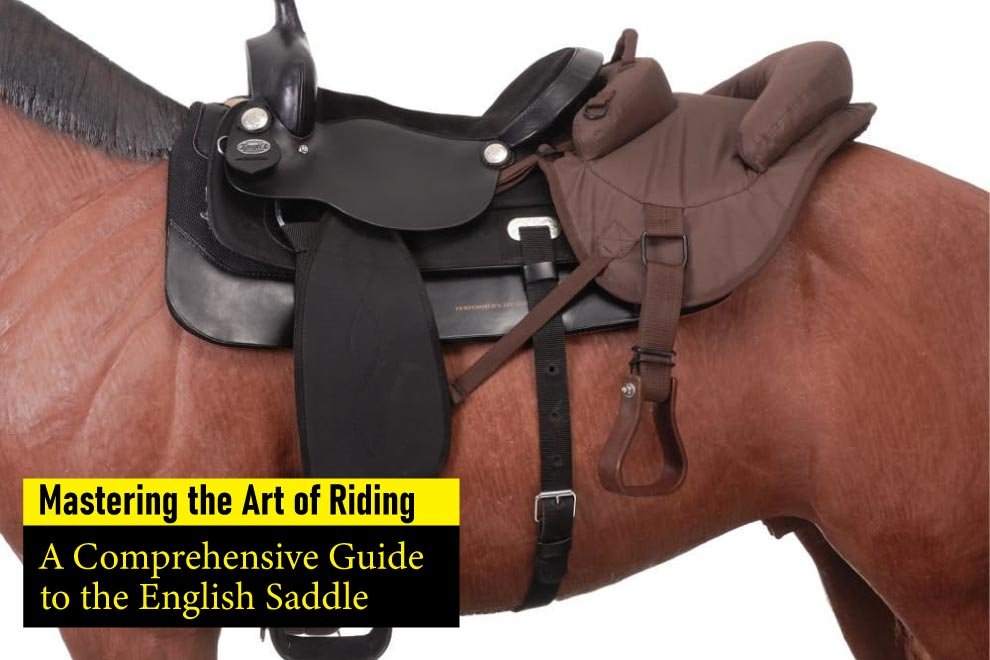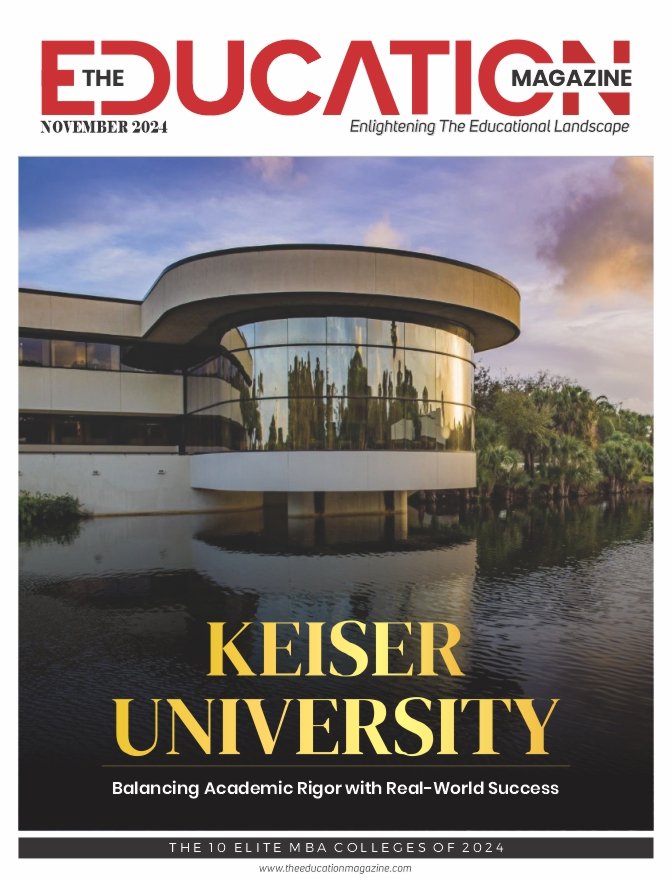Riding a horse is a timeless pursuit that combines grace, athleticism, and a deep connection between rider and horse. At the heart of this equestrian experience lies a crucial piece of equipment—the English Saddle. In this comprehensive guide, we will delve into the intricacies of the English Saddle, exploring its design, functionality, and the art of achieving a perfect fit. Whether you’re a seasoned rider or a novice eager to explore the world of equestrianism, this journey promises to be your go-to resource for understanding and appreciating the English Saddle.
Understanding the English Saddle: A Brief Overview
1. Anatomy of the English Saddle:
At its core, the English Saddle is a meticulously crafted piece of equipment designed to provide comfort and stability for both rider and horse. Unlike its Western counterpart, the English Saddle is lightweight, allowing for greater freedom of movement and communication between the rider and the horse.
2. Components and Parts:
The English Saddle consists of various components, each serving a specific purpose. From the pommel and cantle to the stirrup bars and girth straps, every part contributes to the saddle’s overall function and comfort.
3. Types of English Saddles:
Within the realm of English riding, there are different types of saddles tailored to specific disciplines. These include the All-Purpose Saddle, Dressage Saddle, and Jumping Saddle, each designed to accommodate the unique demands of its associated riding style.
Choosing the Right English Saddle: A Personalised Decision
1. Considerations for Fit:
Achieving the right fit is paramount when selecting an English Saddle. Factors such as the rider’s anatomy, horse’s build, and intended use play crucial roles in determining the appropriate saddle size and style.
2. Saddle Tree and Panel Design:
The saddle tree, typically made of wood or synthetic materials, forms the structural foundation. Understanding the different tree shapes and panel designs aids in selecting a saddle that complements the horse’s conformation and the rider’s position.
3. Material and Craftsmanship:
Quality materials and skilled craftsmanship are indicative of a well-made English Saddle. Leather remains a popular choice, valued for its durability and suppleness. Attention to detail in stitching, padding, and finishing reflects the saddle’s overall quality.
The Role of Stirrups and Girths: Enhancing Stability and Comfort
1. Stirrup Length and Position:
Proper stirrup length is crucial for a rider’s balance and effectiveness. Adjusting stirrups to the correct length allows the rider’s legs to find a natural position, facilitating communication with the horse through subtle cues.
2. Choosing the Right Girth:
Girth selection is a vital aspect of saddle fitting. The girth, securing the saddle in place, should be chosen based on the horse’s anatomy, avoiding pinching or discomfort. Different styles, such as dressage girths or jump girths, cater to specific riding disciplines.
3. Maintaining Equilibrium:
Achieving a balanced seat is the foundation of effective riding. Stirrups and girths contribute to this equilibrium, ensuring the rider’s weight is distributed evenly and enhancing stability during various gaits and manoeuvres.
Caring for Your English Saddle: A Longevity Guide
1. Cleaning and Conditioning:
Regular cleaning is essential to maintain the appearance and longevity of an English Saddle. Using a gentle saddle soap and conditioner helps preserve the leather, preventing it from becoming dry or brittle.
2. Storage Practices:
Proper storage is crucial to prevent damage to the saddle. Keeping it in a cool, dry place away from direct sunlight and extreme temperatures helps preserve the leather and maintain the saddle’s structural integrity.
3. Periodic Inspections:
Regular inspections allow riders to identify any signs of wear, loose stitching, or damage that may compromise the saddle’s safety and functionality. Addressing issues promptly contributes to the saddle’s overall longevity.
Riding Techniques and Posture: Harmony with the English Saddle

1. The Balanced Seat:
Achieving a balanced seat is a fundamental aspect of English riding. The rider’s position, alignment, and contact with the horse work in harmony with the design of the English Saddle to facilitate clear communication and effective aids.
2. Leg and Hand Position:
Proper leg and hand positioning are key elements of effective communication with the horse. The design of the English Saddle supports a close contact feel, allowing riders to convey subtle cues through their legs and maintain a soft, responsive connection with the horse’s mouth.
3. Engaging the Core:
Engaging the core muscles contributes to a stable and effective riding posture. The design of the English Saddle encourages riders to develop a strong and centred core, enhancing overall balance and communication with the horse.
The Evolving World of English Riding: Adapting to Modern Trends
1. Technological Advancements:
The world of English riding has seen technological advancements influencing saddle design. From innovative materials to saddle fit technology, riders now have access to tools and resources that enhance their ability to select the right saddle for both them and their horse.
2. Eco-Friendly Options:
With a growing emphasis on sustainability, some riders are exploring eco-friendly saddle options. Manufacturers are incorporating environmentally conscious materials and production practices, aligning with the broader equestrian community’s commitment to responsible horsemanship.
3. Customization Trends:
The demand for personalised and custom saddles is on the rise. Riders seek saddles that cater to their unique preferences and anatomical needs, reflecting a shift toward a more individualised approach to English riding equipment.
In Conclusion: A Timeless Bond between Rider, Horse, and Saddle
The English Saddle, with its rich history and evolving design, embodies the timeless bond between rider and horse. Beyond being a piece of equipment, it is a conduit for communication, a tool for precision, and a partner in the art of riding. As riders embark on their journey with the English Saddle, understanding its intricacies becomes the key to unlocking the full potential of this essential equestrian companion. Whether you’re navigating dressage, jumping, or simply enjoying a leisurely ride, the English Saddle remains an enduring symbol of the harmony between human and equine—a testament to the art and beauty of riding.










